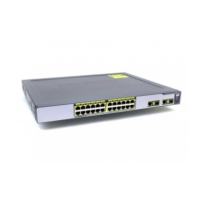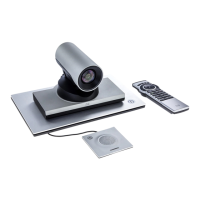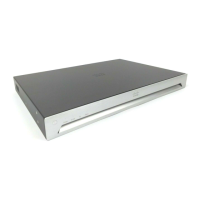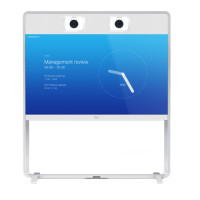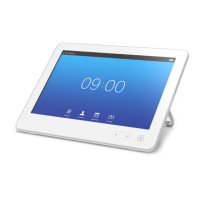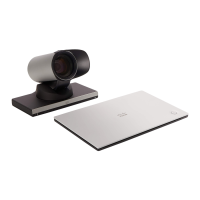© 2013 Cisco and/or its affiliates. All rights reserved. This document is Cisco Public Information. Page 5 of 7
Product Feature Product Specification
●
Support for capacity warnings for users and administrators
Network
●
Support for Domain Name System (DNS) addressing
●
Support for IPv4 and IPv6 simultaneously
●
Support for IPv4 and IPv6 translation services
Scalability and Capacity
Single VCS capacity:
(appliance or small and
medium virtual-machine
deployments)
●
The capacity of one Cisco VCS (appliance or small and medium virtual machine) follows:
◦
Up to 2500 registrations
◦
Up to 500 nontraversal calls
◦
Up to 100 traversal calls
◦
Up to 1000 subzones
Single VCS capacity:
(large virtual-machine
deployments)
●
The capacity of one Cisco VCS (large virtual machine) follows:
◦
Up to 5000 registrations
◦
Up to 500 nontraversal calls
◦
Up to 500 traversal calls
◦
Up to 1000 subzones
Clustered VCS capacity
●
Up to six VCS appliances or virtual machines can be clustered to increase capacity and provide redundancy.
●
Clustering increases the maximum registrations, traversal, and nontraversal calls by up to four times.
Microsoft Lync Interworking
Capacity
The maximum number of calls interworked to Microsoft Lync is 100. It is highly recommended that a separate VCS
Control server is deployed for use as a dedicated Microsoft Lync gateway.
System Security and Resilience
Security features
●
Secure management with HTTPS, SSH, and SCP
●
Secure file transfer
●
Inactivity timeout
●
Built-in firewall configuration rules
●
Ability to lock down IP services
●
Requirement for authentication on HTTP(S), SSH, and SCP
●
H.235 authentication support
●
Transport Layer Security (TLS) for SIP signaling
●
Roles-based password-protected GUI user access
●
Ability to enforce strict passwords
●
Ability to disable root access over SSH
●
Automated intrusion protection
●
Supports delegated credential checking across a traversal zone with Cisco VCS Expressway
●
Federal Information Processing Standards (FIPS) 140-2-compliant cryptographic modules
Resilience and reliability
●
Ability to deploy in six-redundant cluster
●
Ability to share licenses across a cluster
●
Ability for registrations to survive system restart
●
Ability to replicate configuration for clusters
Table 2. Cisco VCS Control Virtualized Application and Physical Appliance Specifications
Product Feature Product Specification
Virtualized Application Specifications
Servers for virtual
environment
●
Cisco UCS B- or C- Series Servers or third-party servers that meet the minimum requirements
●
VMware vSphere or vCenter server running ESXi
For full details of host requirements, refer to the Cisco TelePresence VCS Virtual Machine Deployment Guide.
Virtual-Machine Host
Requirements
Small Deployment Medium Deployment
(typical installation)
Large Deployment
(for performance and scalability)
vCPU 2 core 2 core 8 core
Reserved CPU resource 3600 MHz (2 x 1.8 GHz) 4800 MHz (2 x 2.4 GHz) 26400 MHz (8 x 3.3 GHz)
Reserved RAM 4 GB 6 GB 8 GB
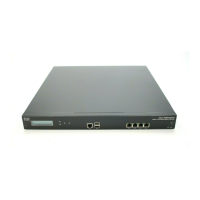
